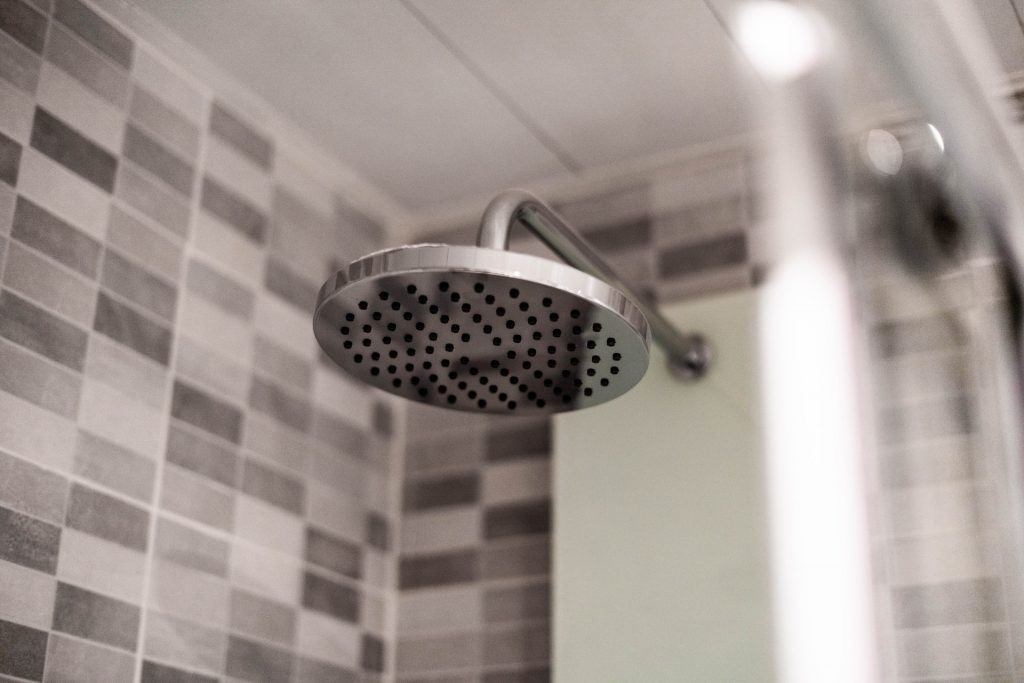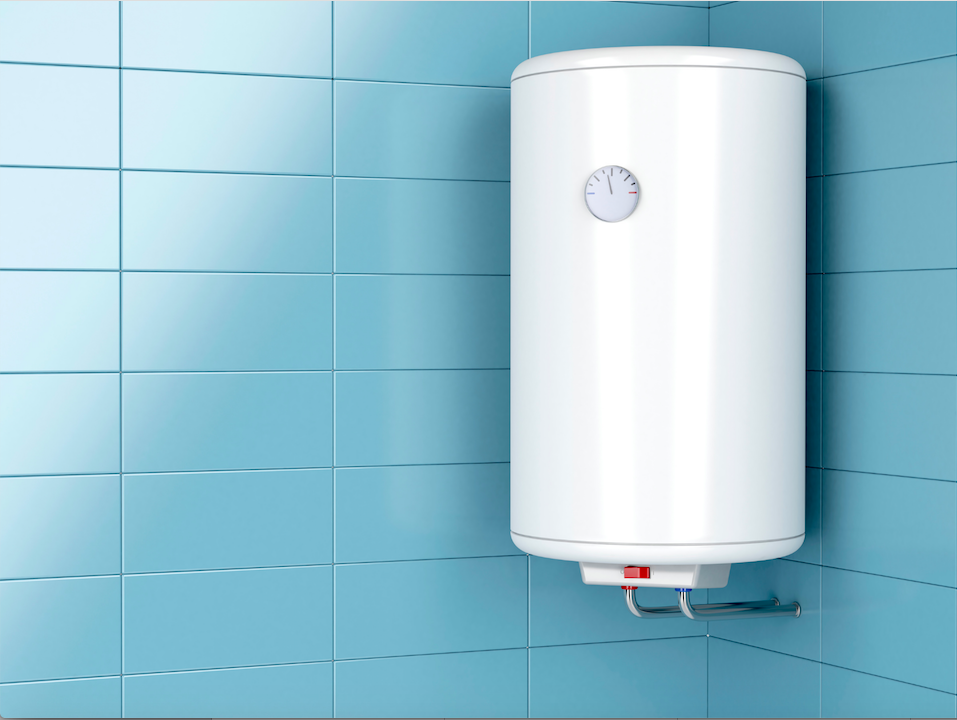Energy Efficiency
Make your home cosier and healthier whilst reducing energy bills and carbon emissions
Low or No Cost Energy Efficiency Measures
Taking action to make sure your home is energy efficient has many benefits. For your pocket, for your comfort and for the environment. And the good news is making your home more energy efficient can start with small, no or low-cost actions
No Cost Options
Thermostat
You can reduce your heating bill by 10% by lowering your room temperature by just one degree and you won’t notice.
Try turning the thermostat for your living areas down to 20°C. The temperature in hallways and bedrooms should be cooler, ideally between 15-18°C.
Radiators
Use the radiator valve to turn the temperature down or off in rooms that you do not use a lot.
- Washing Machine
Run your washing machine on full loads – and use half load or economy programmes if you have them. Around 90% of the energy used by a washing machine is for heating the water. By using a full load you’ll make the most of the water you heat. Wash clothes at 30°C if they aren’t particularly dirty.
- Fridge Freezer
Keep your fridge’s temperature at between 2–3°C for the best performance. This keeps your food safe to eat and avoids freezing (and ruining) your fruit and veg. The freezer should be set to -15°C.
Defrost fridges and freezers regularly to improve their efficiency. And don’t put hot food in the fridge—let it cool down first. Avoid leaving fridge doors open. Each minute the door is open takes three minutes of energy to cool down again.
- Oven
Every time you open the door of a heated oven to check on your cooking you’ll lose 20% of the accumulated heat. So only do so when you have to. Heating an oven consumes a large amount of electricity so use it sparingly and where possible use it for more than just one item. - TV
A TV left in standby mode can use as much as half the electricity as when it is switched on. So, make sure to switch off your TV when you’re not using it. A larger television will consume more energy, regardless of energy rating. For example, an A-rated 22″ LCD TV would typically cost £4 a year to run but an A-rated 60″ TV would cost £33. - Kettle
Only boil the amount of water that you need rather than filling the kettle up every time you boil the kettle (make sure to cover the element though).
- Plug draughts. Check windows, keyholes and doors for draughts of cold air and plug them. Unused fireplace? A chimney draught excluder will keep the draughts out and the heat in.
Close doors between rooms that are heated and unheated to keep the heat in. And close curtains to keep heat in, but open them in the morning to let the heat of the sun in.
- Hot Water
Showers. A shower typically uses 20% of the energy compared to a full bath, so keep the bath as a treat.
Get a head. If you’ve got a shower that takes hot water straight from your boiler or hot water tank (rather than an electric shower), fit a water efficient shower head. This will reduce your hot water usage while retaining the sensation of a powerful shower.
A water efficient shower head could save a four-person household (e.g. a family of four or even a shared student flat) as much as £38 a year on heating water.
Low or Medium Cost Options
Even for a relatively small cost it is possible to make your home cosier and save money on your energy bills. And many of the actions can payback and start saving you money in a very short period of time.
- Boilers and Heat
More than half the money spent on fuel bills goes towards providing heating and hot water.
Having your boiler serviced once a year will make it more reliable, safer and run more efficiently. When you are having your boiler serviced ask your plumber to explain the settings and how to use them correctly.
If your boiler is more than ten or fifteen years old it may be worth replacing it with a modern condensing boiler. These boilers can have efficiencies of around 95% while older boilers are typically 60–70% efficient.
If you are getting your boiler serviced your energy technician should be able to let you know how efficient your boiler is…this will let you know how much you could save by moving to a new boiler
- Insulation and Draughts
Insulate cavity walls and top up your loft insulation to 300mm to help keep the heat in your house for longer!
Unless your home is very new, you’re likely to be losing heat around doors and windows, gaps around the floor, or through the chimney. DIY draught-proofing of windows, doors and blocking cracks in floors and skirting boards can cost around £200, but can save between £25 to £35 a year. - Radiator panels
These are moulded plastic panels that help reflect heat from your radiator. They come pre-taped. You just slide them behind your radiator and attach them to the wall. You can save up to 10% on your annual heating bill by using them.
- Lighting
Replace failed light bulbs with energy efficient options, in particular LED lights. Energy saving light bulbs can use up to 80% less electricity (saving £5-£10 per year). You can now get LED spotlights that are bright enough to replace halogens, as well as regular energy saving bulbs (‘compact fluorescent lamps’ or CFLs). They come in a variety of shapes, sizes and fittings.
Select the lowest wattage bulb needed to light the room/area and consider the size of the space and how much natural light the space gets.
- Heating controls
Whatever the age of your boiler, the right controls will let you set your heating and hot water to come on and off when you want, to decide which rooms to heat and to the desired temperature. By installing a room thermostat, programmer and thermostatic radiator valves, you could save up to £80 to £165 a year.
Set the times that your heating comes on and off so that it fits with your daily routine. Radiators will continue to heat your home for some time after the heating is turned off. So try this, turn on your heating 30 minutes before you need it and turn it off 30 minutes before you don’t need it anymore. - Electricity monitors
These devices tell you how much energy you are using in real time. If you switch on the shower or the kettle, you can see the numbers jump. Monitors are great for getting a handle on where you use the most energy. You can make decisions on your energy use based on real data.
Smart heating controls: Many homeowners are investing in smarter heating controls and can help you control your heating and understand your energy use.
They allow you to control your heating remotely via a mobile app, meaning that you can manage the temperature of your home from wherever you are, at whatever time of day. A smart meter with in-home display or energy monitor can help householders save energy by increasing awareness of energy use, helping to cut waste. Government estimates that a display or monitor could typically help reduce a household’s electricity use by 2.8% and gas use by 2%.
Budget Energy to increase electricity prices by 4%
Budget Energy is the latest electricity supplier to announce a price increase for their customers. Northern Ireland’s third largest electricity supplier has confirmed that it
Power to Switch partners with Local Women Awards 2025 as headline sponsor
Power to Switch has one big mission: championing and empowering local people. The Local Women Awards 2025 share that same spirit – so coming on
57 Energy Saving Tips, as Told By Our Users
When it comes to saving energy, sometimes the best advice doesn’t come from experts – it comes from people just like you. We asked our
Stay in the know...
Keep up to date with all the latest energy news, deals and advice from Power to Switch









